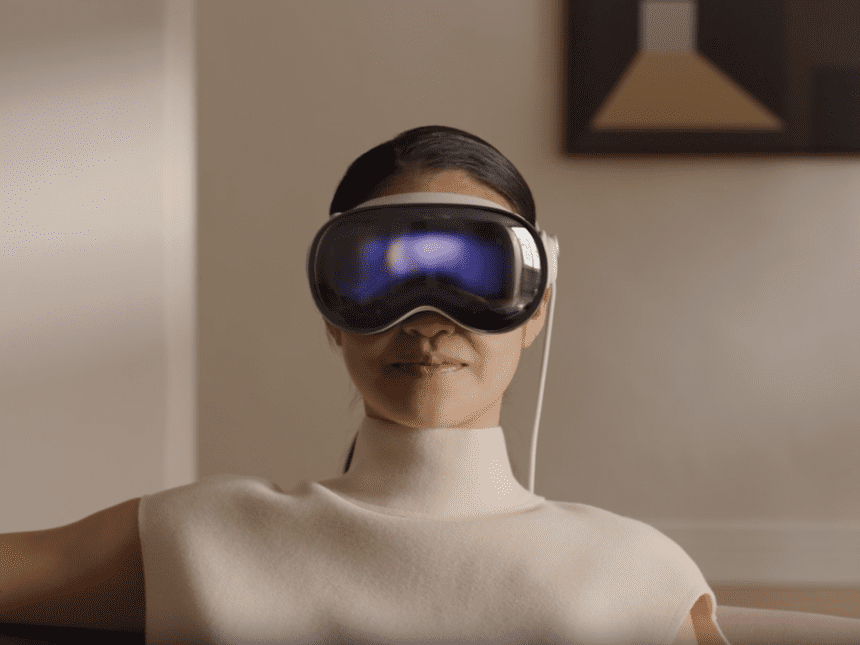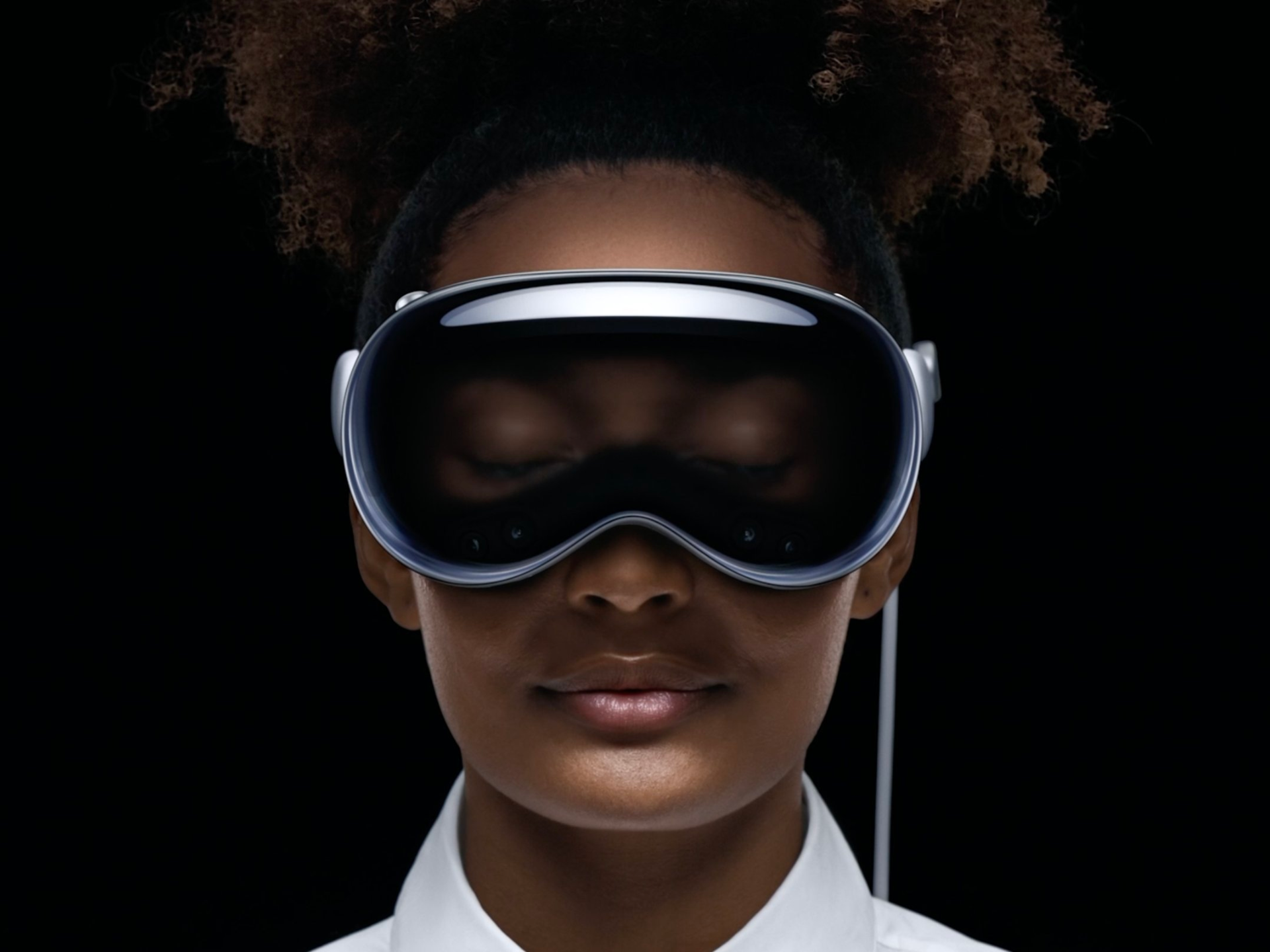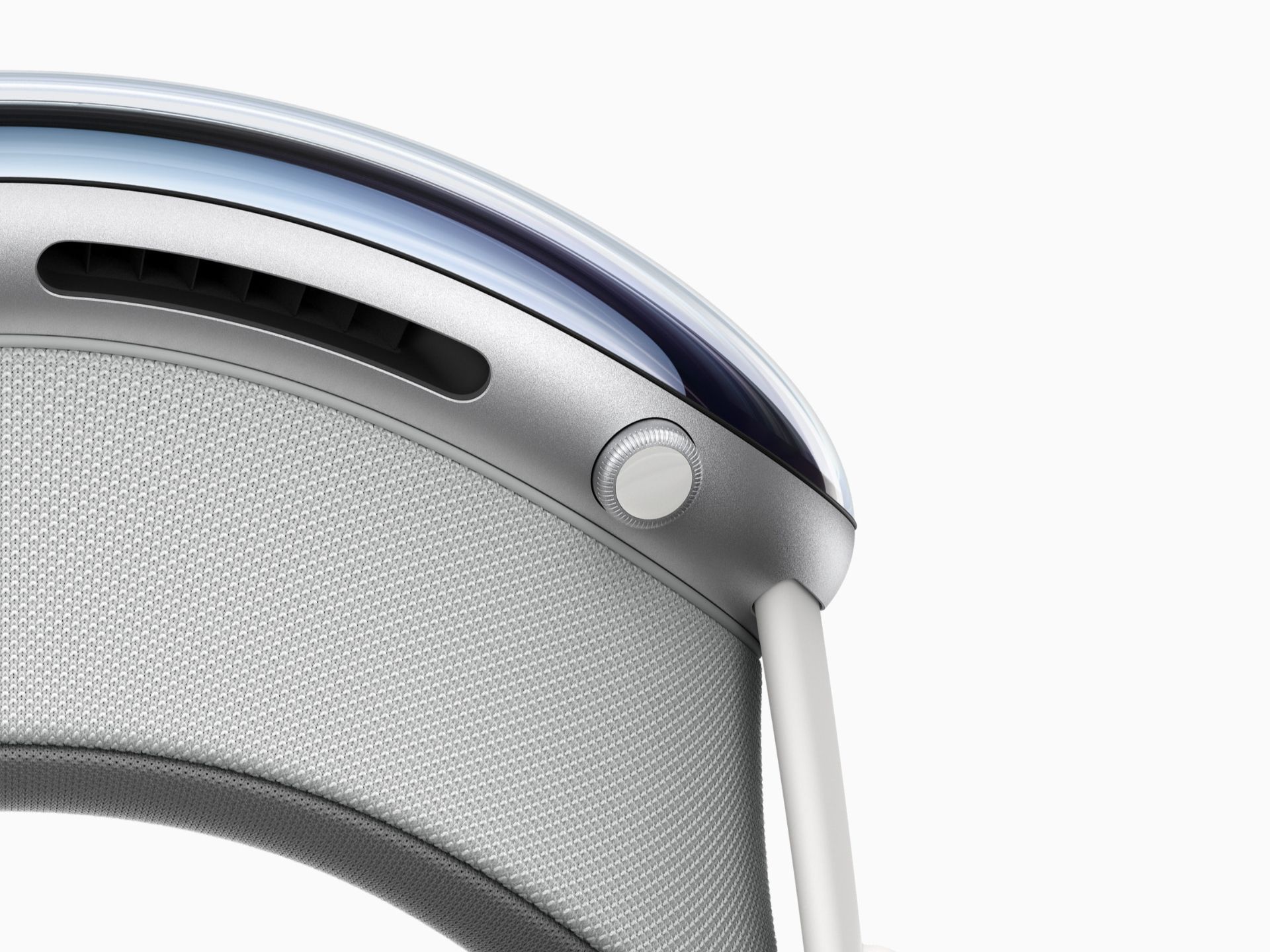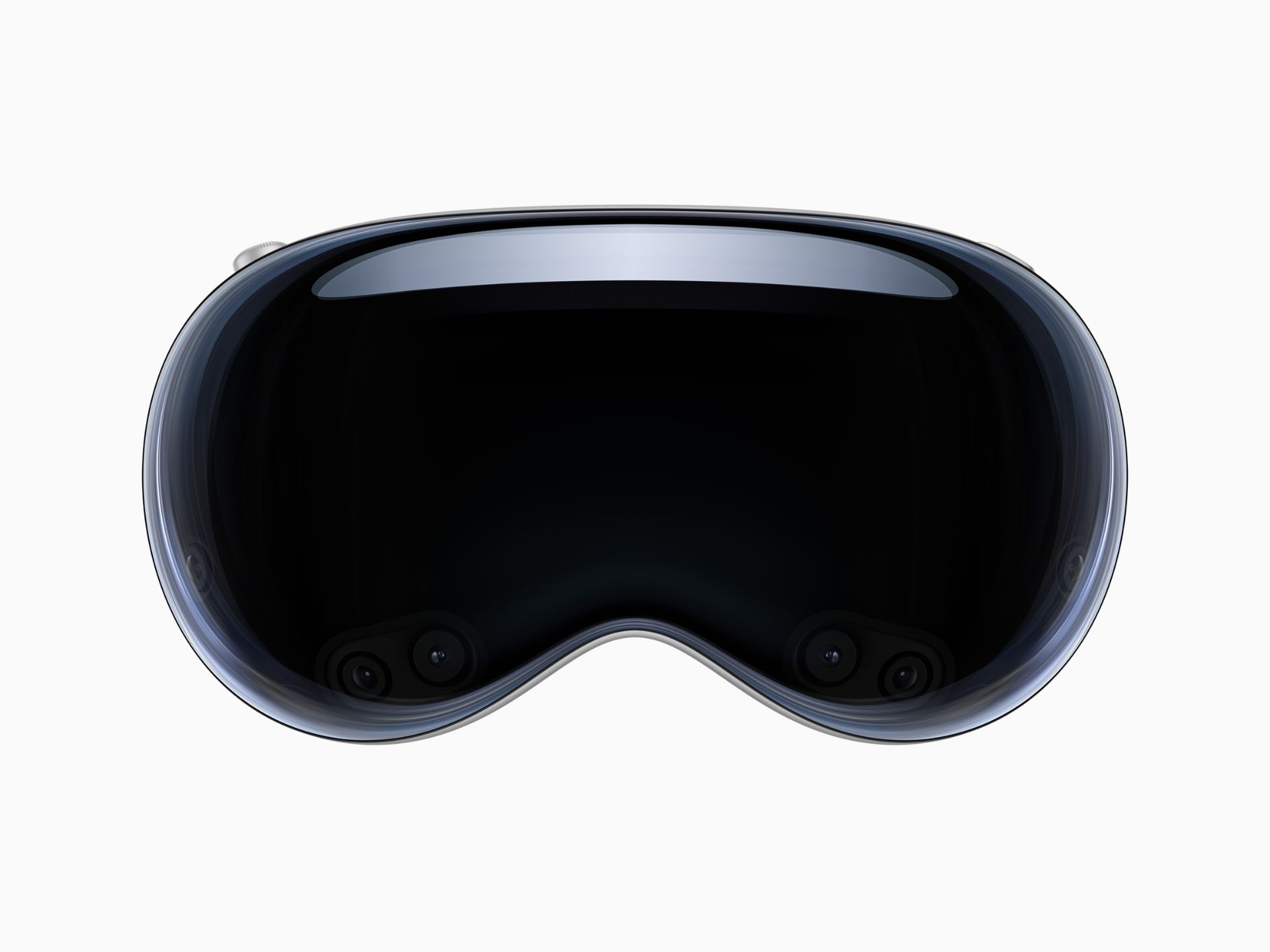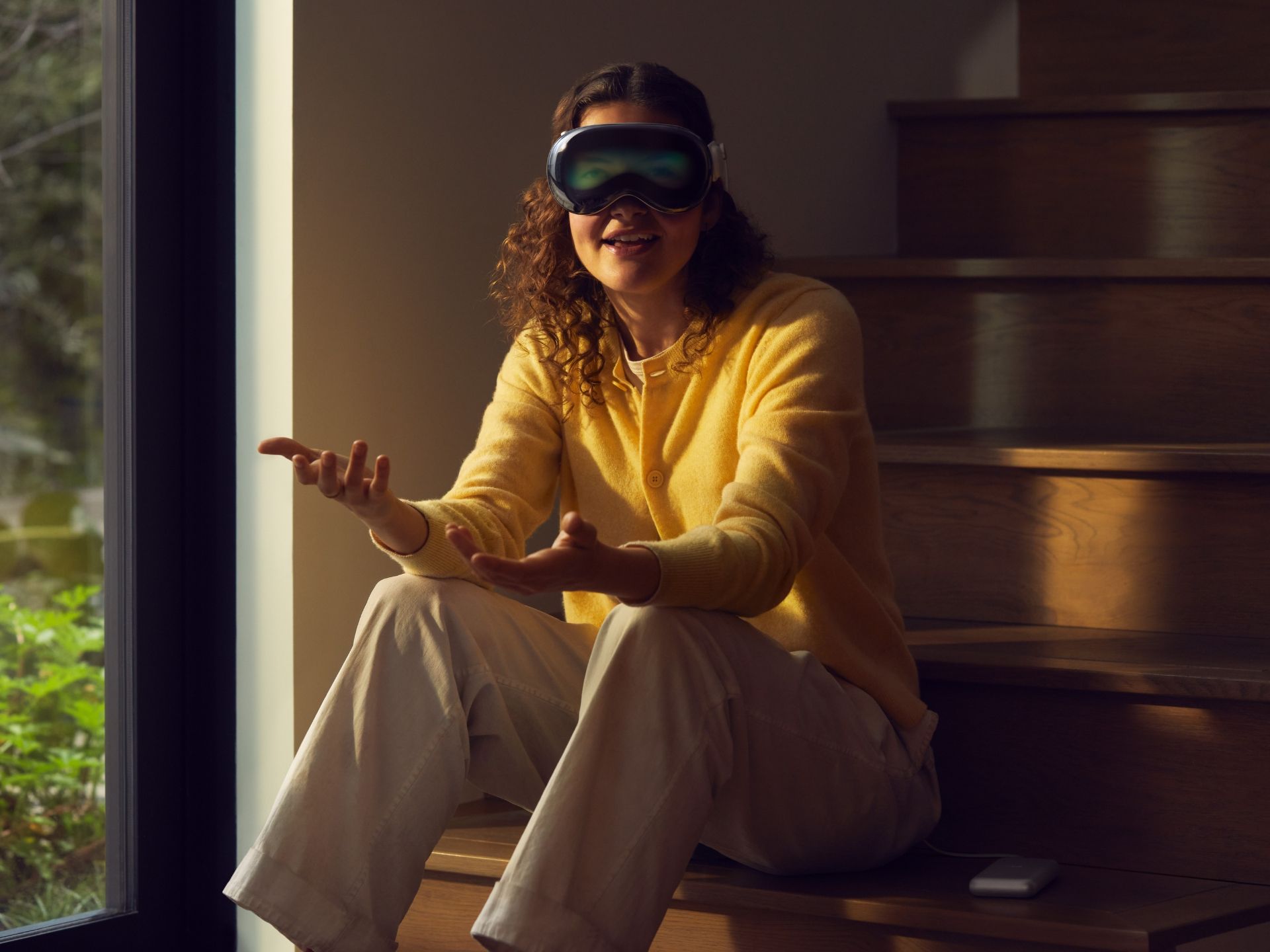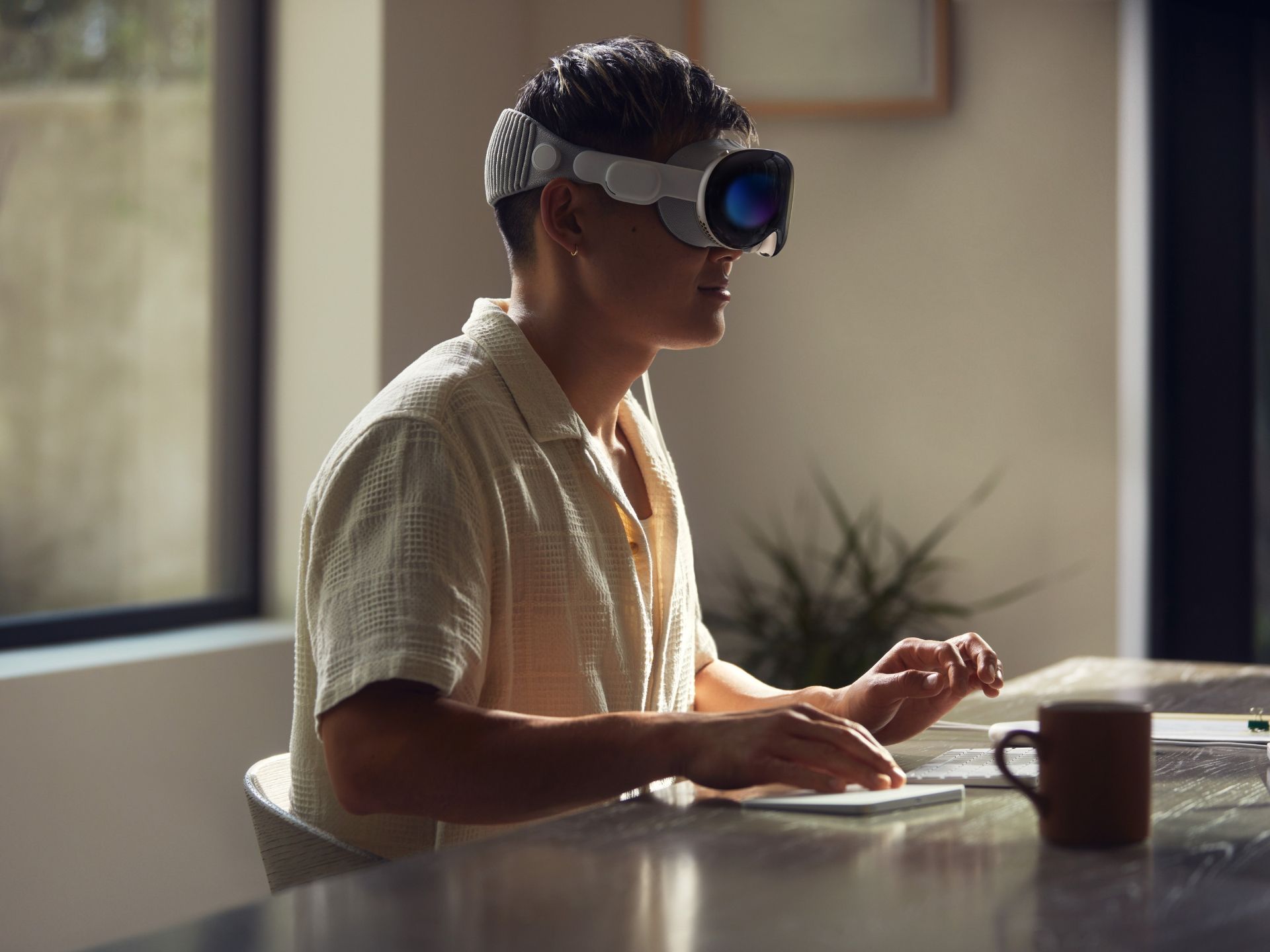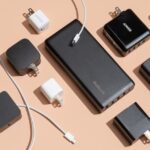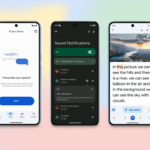During WWDC 2023, Apple unveiled the Vision Pro headset after touching on new Mac hardware and iOS 17 updates. Apple described the Vision Pro as a revolutionary spatial device that seamlessly blends digital content with the surrounding environment, providing access to a vast canvas of possibilities. Here, we will delve into everything we know about this eagerly awaited headset set to hit the market soon.
Update: What’s the latest scoop on Apple Vision Pro?
As the launch of the Apple Vision Pro headset approaches, more information is emerging regarding its general availability, in-store experience, and other features. Reports from CNET, Inverse, TechRadar, and others highlight the views of the press on the Spatial Video feature, which can be recorded on iPhone 15 Pro devices running iOS 17.2 and viewed on the headset. The initial impressions from the press continue to be positive, further fueling excitement for the public release of the device.
Bloomberg’s Mark Gurman hinted at a March 2024 launch, a delay from the initially expected January 2024 launch date, and mentioned Apple’s scheduling of training seminars for its retail employees to prepare for the Vision Pro buying experience.
The Apple Vision Pro headset launch is drawing near, and anticipation is growing to see what experiences it offers.
Price and availability
The Apple Vision Pro will be priced at $3,499 and will be available in 2024 via Apple’s official website and Apple Stores in the United States. Availability information for other countries will be shared at a later date.
Headset Hardware
Apple’s development of the Vision Pro headset involved filing 5,000 patents, indicating high-quality hardware. The design takes inspiration from the iPhone and Apple Watch, featuring the Top Button, Digital Crown, vents, speakers, additional cameras, fabric headband strap, audio drivers, and a glass piece with cameras and OLED displays.
The Vision Pro has an extension for the headband construction and audio drivers. The front features six cameras, an OLED display, and high-resolution displays providing sharpness and detail. Lenses by ZEISS are also present to accommodate users with prescription glasses.
The processing hardware consists of an M2 processor to handle application needs and an R1 processor to manage input from cameras and microphones, enhancing the device’s optic ID feature.
The Vision Pro operates with eye-tracking and hand-tracking, enabling users to interact with the virtual space through gestures and movements. The system’s processing hardware is set to drive the device’s performance, essential for Optic ID, Apple’s biometric authentication feature.
Processing Hardware: M2 Processor and Apple R1
The Vision Pro is equipped with an M2 processor to handle application needs and an R1 processor to manage input from cameras and microphones, ensuring optimal performance. This processing power also enables Optic ID, Apple’s biometric authentication feature.
